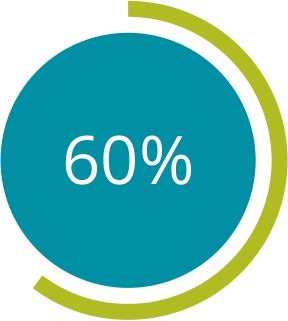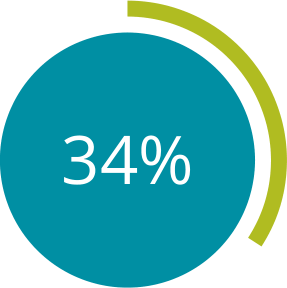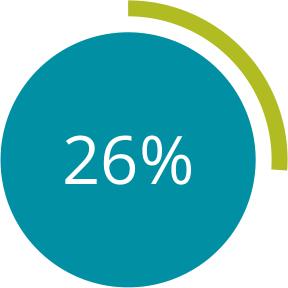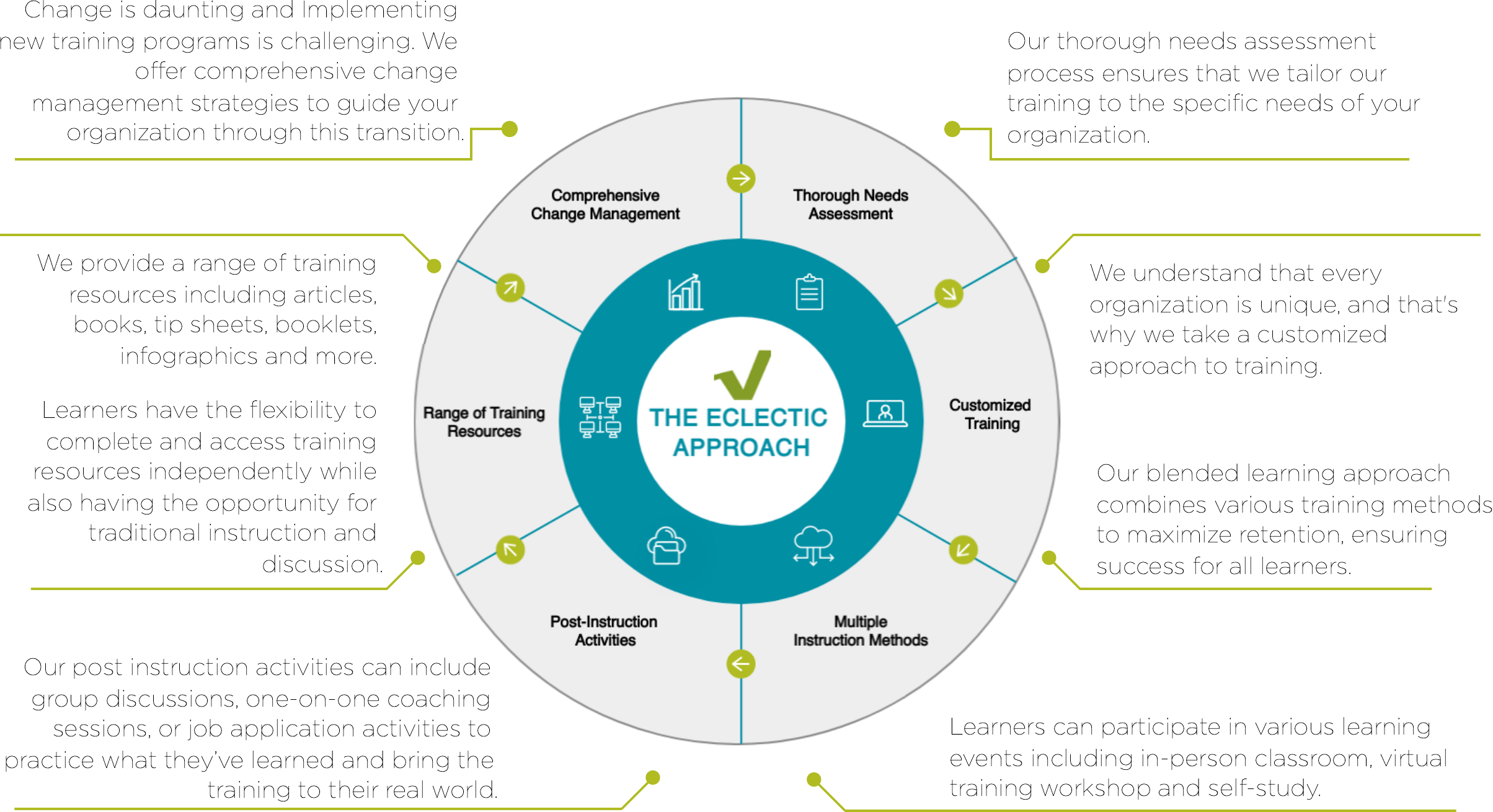Take An Eclectic Approach To Ensure Your Department's Needs Are Met

Research has shown that a blended learning approach that incorporates a variety of training methods can increase knowledge retention rates by up to 60% compared to traditional training methods"
(Source: Brandon Hall Group, 2018).Companies that prioritize customized training solutions have a 34% higher employee retention rate than those that don't.
(Source:Harvard Business Review, 2019).

A personalized approach to training can lead to a 26% increase in employee productivity and a 10% increase in overall business performance.
(Source: Forbes, 2020).-Adam Gerhard,
RANA, VP of Corporate Service







Learning
Did the learners actually learn the training content?
The learning level measures the learners’ ability to improve their skills, knowledge and attitudes. It allows you to evaluate the learners’ success in achieving the training program’s learning objectives.
Performance
Did the learners use the learning in the workplace?
The performance level measures the learners’ ability to apply their new knowledge or skills in the workplace. This looks at the practical effects of training.
Results
Did the training make a difference to the organization?
The impact level measures the larger outcomes that the training is intended to accomplish. It allows you to evaluate the results of the learners’ improved performance on the organization. This helps determine if the training was worth the cost and effort.









































